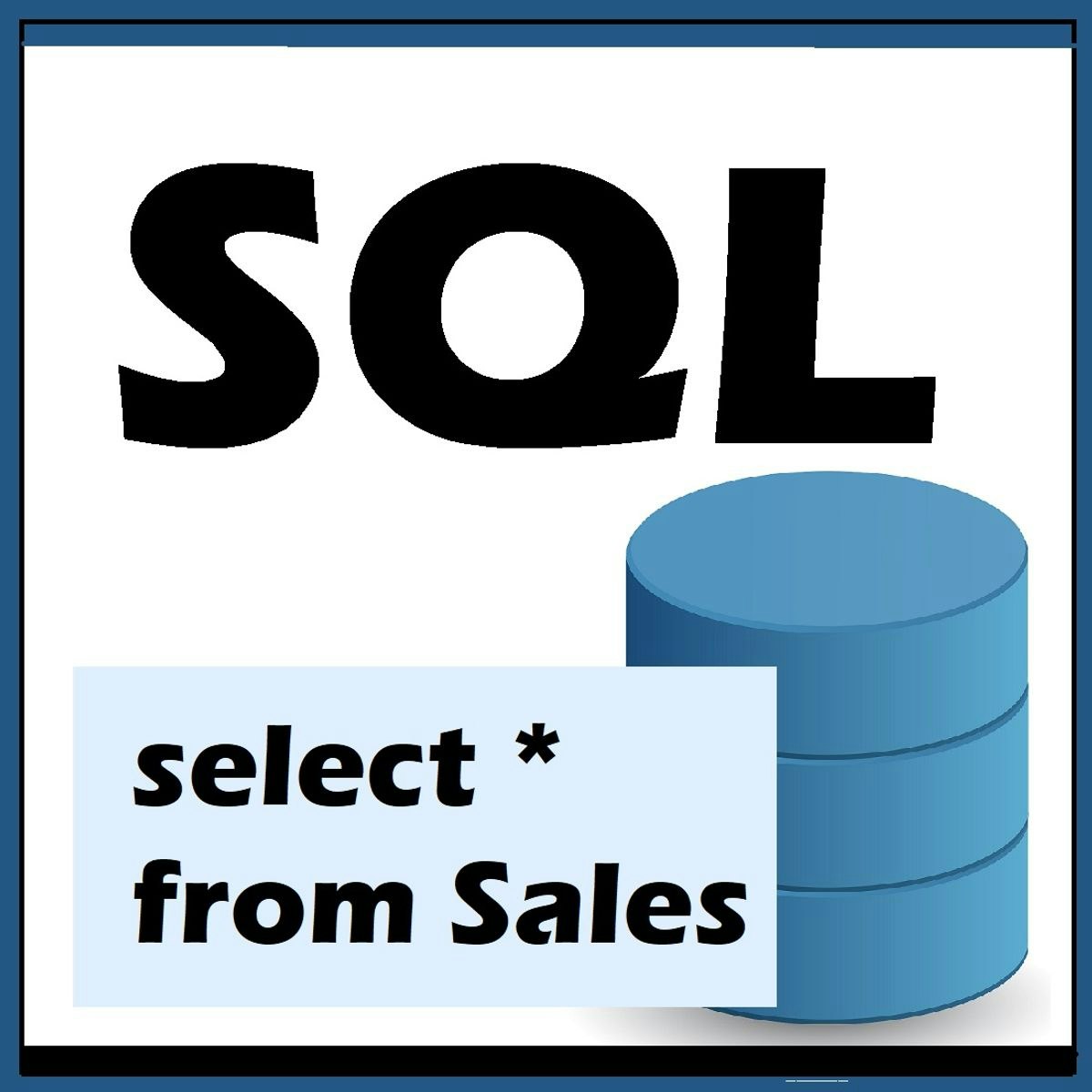Back to Courses









Data Management Courses - Page 4
Showing results 31-40 of 399

Applying Machine Learning to your Data with Google Cloud
In this course, we define what machine learning is and how it can benefit your business. You'll see a few demos of ML in action and learn key ML terms like instances, features, and labels. In the interactive labs, you will practice invoking the pretrained ML APIs available as well as build your own Machine Learning models using just SQL with BigQuery ML.

Complex Retrieval Queries in MySQL Workbench
In this intermediate-level course you will use MySQL Workbench to expand your basic SQL query-writing skills with more complex examples and activities. In hands-on activities in MySQL Workbench, you will write and execute SQL queries that retrieve data from multiple tables. In addition, you will generate queries that summarize data and perform calculations. Nested queries and SQL scripting rounds out the course content. While the course concentrates on query writing, you also get a taste of the problem-solving and data analysis efforts required for complex query construction and query results verification.
Note: This course works best for learners who are based in the North America region. We’re currently working on providing the same experience in other regions.

Building Candlestick Charts with Microsoft Excel
By the end of this project, you will create a candlestick chart with open, high, low, and close data from the stock market, and you will also set up an auto-refresh function to get the live data. Your new skills will help you create an informative candlestick chart in Microsoft Excel to reflect trends in the stock market.

Retrieve Data using Single-Table SQL Queries
In this course you’ll learn how to effectively retrieve data from a relational database table using the SQL language.
We all know that most computer systems rely on at least one database to store data. Your tax information is stored in the database used by the Internal Revenue Service. Your phone stores your contacts’ names, addresses, email addresses, and phone numbers in a database. If you shop online, you’re viewing photos, descriptions, and prices of products that are stored in a database. Database designers go to great lengths to design databases so that the data can be stored securely and in an organized format. It’s important to note that the main reason they go to all that work is so that we can get the data back out again when we need it! That’s called “data retrieval”.
Data is retrieved or read from a relational database by using a language called SQL to query (or question) the database. SQL is referred to as “the language of relational databases”. It can be used by itself or embedded in programs to retrieve data. Once the data is retrieved, it can be displayed on a web page or PC application, or even printed on paper.
You’ll be practicing writing SQL queries using SQLiteStudio.
Next time you go online and look up the daily special at your favorite restaurant, you can think about the fact that it’s likely that an SQL query was used behind the scenes to fetch that data and pop it up on your screen. By the end of this course, you’ll even have a pretty good idea what the query might have looked like!
Note: This course works best for learners who are based in the North America region. We’re currently working on providing the same experience in other regions.

Importing Data to a Firestore Database
In this lab you will upload existing data (a CSV file) to a Firestore serverless database in the cloud.

Validate Data in Google Sheets
This is a self-paced lab that takes place in the Google Cloud console. Ensure that your data is valid and prepared for analysis using Google Sheets features and functions to organize, standardize, and clean data.

Visualize Real Time Geospatial Data with Google Data Studio
This is a self-paced lab that takes place in the Google Cloud console. Use Google Dataflow to process real-time streaming data from a real-time real world historical data set, storing the results in Google BigQuery and then using Google Data Studio to visualize real-time geospatial data.

Introduction to Software, Programming, and Databases
There are many types of software and understanding software can be overwhelming. This course aims to help you understand more about the types of software and how to manage software from an information technology (IT) perspective. This course will help you understand the basics of software, cloud computing, web browsers, development and concepts of software, programming languages, and database fundamentals.
After completing this course, you will have a better understanding of software processes, and you'll be more confident in your understanding of using and securing your applications.
In this course, you'll learn about software that ranges from the operating system running on your mobile phone to the applications that run databases on your computer at work. You'll also begin to understand more about installing and managing web browsers, using extensions and plug-ins, and keeping web browsers secure and updated.
Additionally, you'll see how cloud-based technologies can help businesses create and deploy applications more quickly. This course will also teach you about the development and delivery of software and applications. By the end of the course, you'll understand simple programming concepts and types, and you'll become more familiar with the fundamentals of database management.

Exploratory Data Analysis for Machine Learning
This first course in the IBM Machine Learning Professional Certificate introduces you to Machine Learning and the content of the professional certificate. In this course you will realize the importance of good, quality data. You will learn common techniques to retrieve your data, clean it, apply feature engineering, and have it ready for preliminary analysis and hypothesis testing.
By the end of this course you should be able to:
Retrieve data from multiple data sources: SQL, NoSQL databases, APIs, Cloud
Describe and use common feature selection and feature engineering techniques
Handle categorical and ordinal features, as well as missing values
Use a variety of techniques for detecting and dealing with outliers
Articulate why feature scaling is important and use a variety of scaling techniques
Who should take this course?
This course targets aspiring data scientists interested in acquiring hands-on experience with Machine Learning and Artificial Intelligence in a business setting.
What skills should you have?
To make the most out of this course, you should have familiarity with programming on a Python development environment, as well as fundamental understanding of Calculus, Linear Algebra, Probability, and Statistics.

Exploratory Data Analysis in R
In this 1-hour long project-based course, you will learn how to do basic exploratory data analysis (EDA) in R, automate your EDA reports and learn advanced EDA tips
Note: This course works best for learners who are based in the North America region. We’re currently working on providing the same experience in other regions.
Popular Internships and Jobs by Categories
Find Jobs & Internships
Browse
© 2024 BoostGrad | All rights reserved